The 2024 monsoon season has wreaked havoc across Pakistan, especially in Balochistan, Punjab, and Sindh. Heavy rains have led to widespread flooding, landslides, and significant infrastructure damage. Unusually high temperatures have exacerbated the situation, accelerating snowmelt in regions like upper KP, Azad Jammu and Kashmir, and Gilgit-Baltistan. According to the National Disaster Management Authority (NDMA), as of September 1, the country has experienced above-average rainfall and a total of 306 people have lost their lives, including 155 children. Additionally, 584 people have been injured, with 212 of them being children.

Moreover, the Pakistan Meteorological Department has announced today that a moist current from the Bay of Bengal is expected to move into the upper parts of the country from September 2. Rain, wind, and more thundershowers are predicted for Sukkur, Larkana, Khairpur, Dadu, Jacobabad, Karachi, Hyderabad, Thatta, Badin, Tando Allahyar, Tando Muhammad Khan, Tharparkar, Mithi, Mirpur Khas, Umerkot, and Sanghar on September 3 and 4. Farmers are advised to manage their activities according to the weather forecast.
A strong spell of monsoon rain is anticipated in the tribal areas of Dera Ghazi Khan from September 2 – 7, which may result in severe flash floods in Rajanpur and DG Khan. PDMA Balochistan has declared 12 districts as calamity-hit.
Extreme Weather Causes Chaos in Sindh
Pakistan’s Indus River experienced a significant surge in water levels from upstream, resulting in severe flooding in the kacha areas (riverine regions) in Sindh. In Khairpur district alone, 33,178 people were affected including 11,060 men, 13,700 women, and 4,209 children. Union Councils (UCs) Ripri of Taluka Gambat, Sadar Ji Bhatyoon, Hadal Shah, and Rahoja/Mohal in Taluka Kingri are significantly affected by subsequent flooding.
In Mirpur Khas, heavy rains began on August 26, submerging UC Roshan Abad and UC Khuda Bux in Taluka Jhuddo. On August 28, 131 mm of rain was recorded in Mirpur Khas resulting in a total of 1,477 houses left partially or completely damaged.
In Umerkot, 149 mm of rain was recorded this past week, leaving UC Kundri and Samero underwater. This forced residents to migrate and caused massive damage to their homes.
In Mirpur Khas, almost all onion, cotton, and fruit crops are submerged, with only sugarcane unaffected. This has worsened the situation for the affected population, who rely heavily on agriculture for their livelihoods. In Khairpur, 80% of the ready crops are damaged.
Flood affected communities are suffering from water borne and climate induced diseases, such as malaria, diarrhea, scabies and gastroenteritis, while pregnant women and newborn babies are experiencing malnutrition due to limited food supply, low resources and lack of health facilities. With roads and communication channels temporarily lost, pregnant women have no access to quality delivery services leading to delayed, unhygienic and problematic labour cases. The animals in the communities are also suffering from waterborne diseases, with an acute shortage of fodder.
Many families, along with their remaining livestock, have sought refuge on protected bunds as most villages in flood-hit districts are left submerged. Despite some water discharge, the water level has continued to rise, creating an alarming situation, especially if further rainfall occurs or upstream flooding happens.
Flood affected communities in Sindh are in urgent need of humanitarian assistance including:
- Food: Immediate provision of food supplies to ensure affected individuals have access to nutritious meals.
- Multi-Purpose Cash Assistance: Financial support to affected families to enable them to purchase essential items and meet their immediate needs according to their priorities
- Emergency Shelter and Non-Food Items (ESNFI): Distribution of essential items like tarpaulin tents, household items, and sleeping mats to provide shelter and comfort to those displaced by the flooding.
- WASH (Water, Sanitation, and Hygiene) and dignity kits: Provision of clean water, sanitation facilities, and hygiene kits to prevent the spread of diseases and maintain personal hygiene, preserving the dignity of affected individuals.
The Deputy Commissioner, Khairpur has appealed to the aid community to extend their support to katch and low-lying areas of District Khairpur, that have been declared calamity hit. Local and provincial authorities and the humanitarian community are closely coordinating to plan and respond in an efficient and effective way. A joint assessment led by international humanitarian organisations has also been completed for Khairpur and Sukkur divisions in late August which has verified and reinforced the need for the assistance mentioned above.
The Provincial Disaster Management Authority (PDMA) of affected provinces are managing the response. The District Disaster Management Authority (DDMA) recently issued a call for a localized response, urging humanitarian partners to assist the affected people.







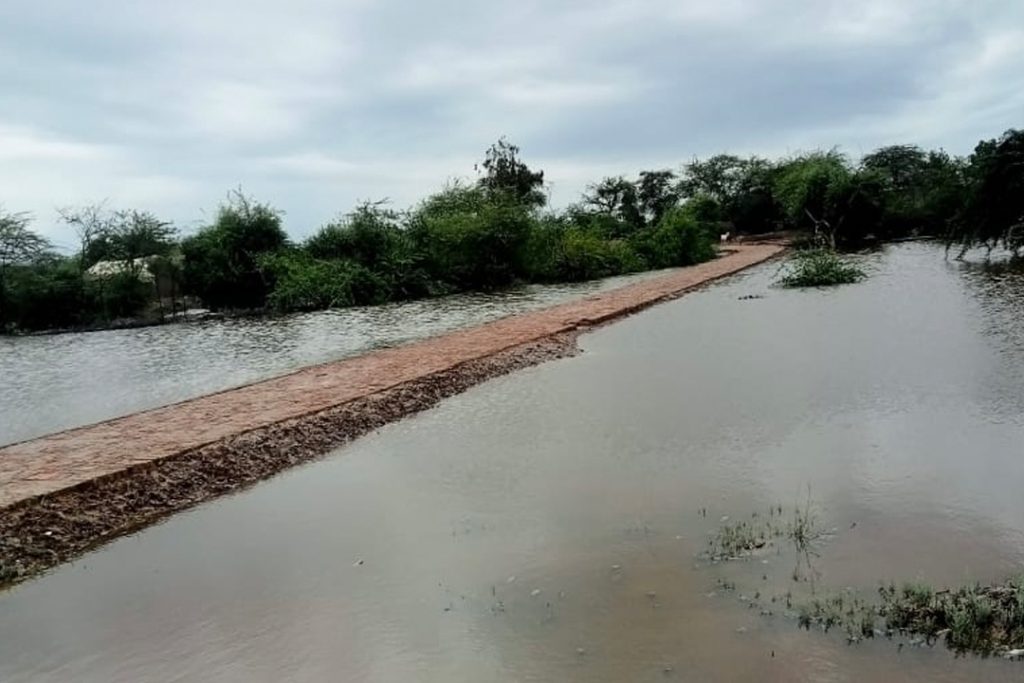
Community World Service Asia’s Response
Community World Service Asia (CWSA) is in close coordination with the local government, affected communities and other stakeholders active in the region. To address the urgent health needs of the affected population, our health teams are on the ground, delivering essential primary healthcare services through our Mobile Health Units and Free Medical Camps. Our mobile units are equipped to reach remote and severely impacted areas, providing critical medical care, disease prevention awareness and medicines, and health education to those who have been displaced or are otherwise unable to access traditional healthcare facilities.
We have been providing medical assistance and conducting health education sessions in nearly all the rain-affected areas of Mirpur Khas and Khairpur. On Friday, August 30, in Mirpurkhas’s Benazir Colony village, where over 150 homes remain submerged, CWSA’s team held a free medical camp, serving 162 patients and distributing essential medicines and hygiene materials. A one-day free medical camp in village Tapa Doulatpur of the same district was also set up, conducting 142 OPD sessions, along with health and hygiene awareness sessions for men, women and children. The most highly reported medical cases included fever, skin infections, diarrhea, ENT issues, eye infections, and UTIs.
In addition to the ongoing response, CWSA proposes the following humanitarian actions based on the current needs:
- Multipurpose Cash Assistance (MPCA)
- Emergency Healthcare
- Dignity & Hygiene Kits
- Temporary Shelter Kits
- Promoting Quality & Accountability in Humanitarian Action
Community World Service Asia’s team is coordinating with the District Government and the District Health Officer (DHO) who have requested for additional medical camps in Mirpur Khas to assist affected communities. We are also in close coordination with other humanitarian actors and disaster management authorities and participated in a cross-sectoral meeting to assess the on-going situation and plan a coordinated response in the Sukkur & Khairpur Division. This meeting was led by UNOCHA and IOM and was attended by 28 INGOs/NGOs.
As the crisis unfolds, our efforts will focus on mitigating the ongoing challenges faced by affected communities, ensuring they receive the necessary support to rebuild their lives and recover from yet again another climate disaster.
Contacts:
Shama Mall
Deputy Regional Director
Programs & Organisational Development
Email: shama.mall@communityworldservice.asia
Tele: 92-21-34390541-4
Palwashay Arbab
Head of Communication
Email: palwashay.arbab@communityworldservice.asia
Tele: 92-21-34390541-4
Sources:
Relief Web
PDMA, Sindh
NDMA
Pakistan Metrological department
Office of the Deputy Commissioner, Khairpur
Joint Fact-Finding Mission Report, Khairpur & Sukkur Division.











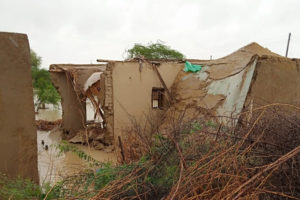



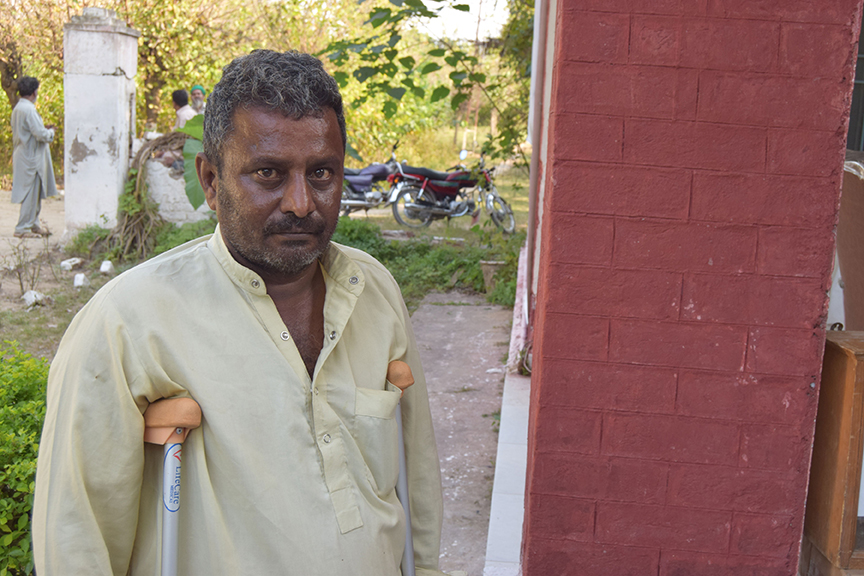
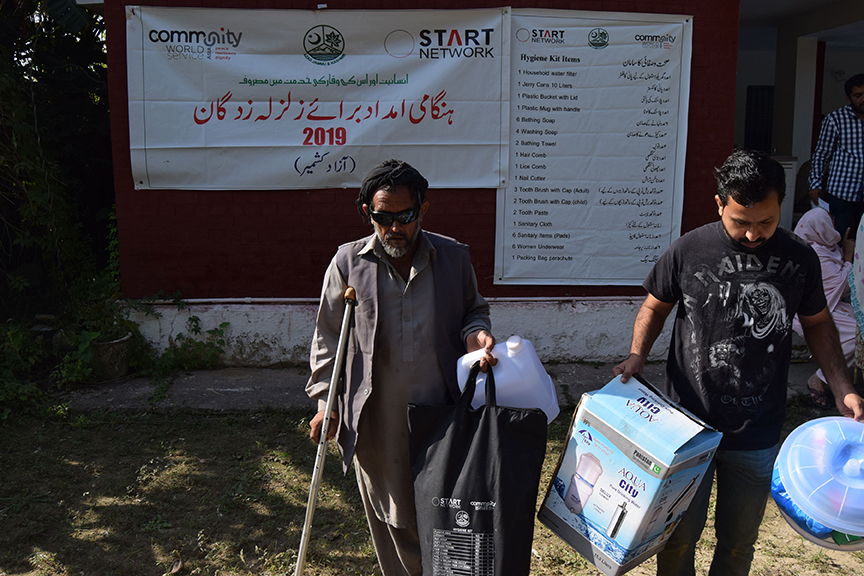

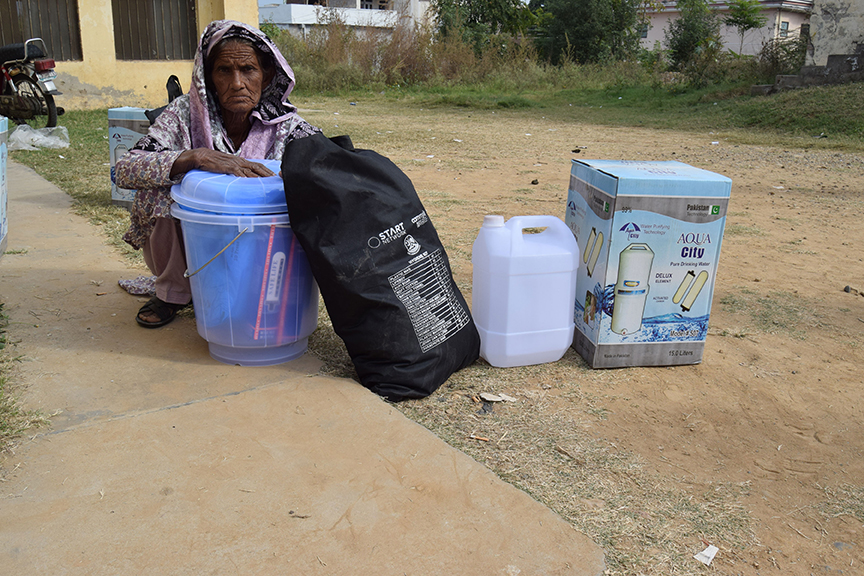
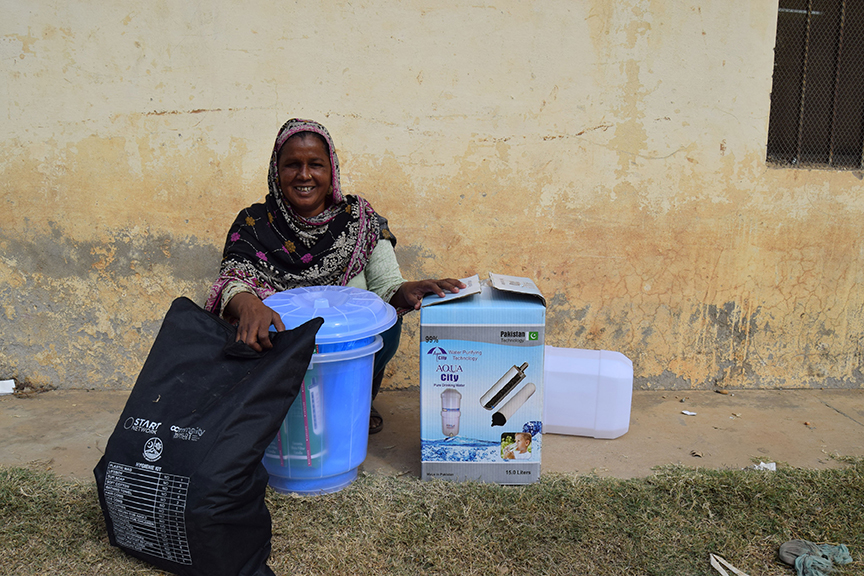
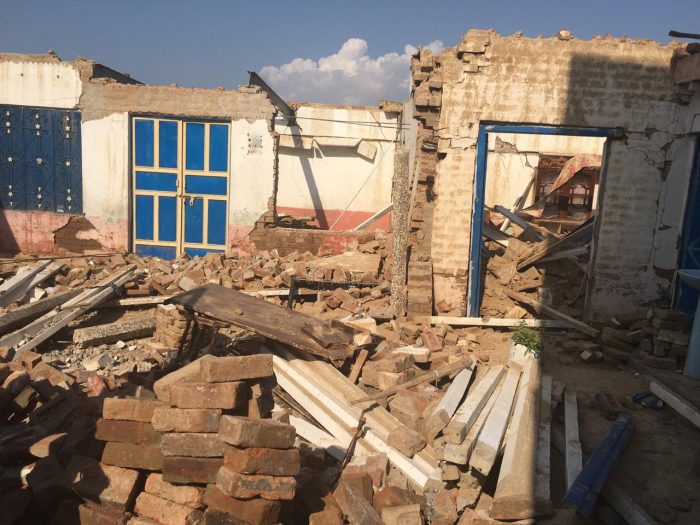




 “It is difficult for me to go through this situation as I never thought I would be one day sitting under a tent, in need for assistance. This experience of the earthquake thought me an important lesson that there are kind people everywhere in this world. Humanitarian workers from different NGOs came to provide assistance.”
“It is difficult for me to go through this situation as I never thought I would be one day sitting under a tent, in need for assistance. This experience of the earthquake thought me an important lesson that there are kind people everywhere in this world. Humanitarian workers from different NGOs came to provide assistance.” 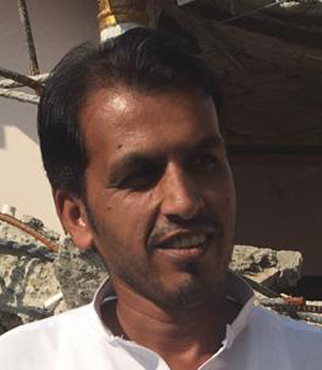 “It was around 4:00 P.M. when the earthquake occurred. I was in my shop when I received a call that my house has collapsed and my family was in the house. I fainted at the sight of my collapsed house. I came to know my family was safe after two hours of unconsciousness.”
“It was around 4:00 P.M. when the earthquake occurred. I was in my shop when I received a call that my house has collapsed and my family was in the house. I fainted at the sight of my collapsed house. I came to know my family was safe after two hours of unconsciousness.” 









